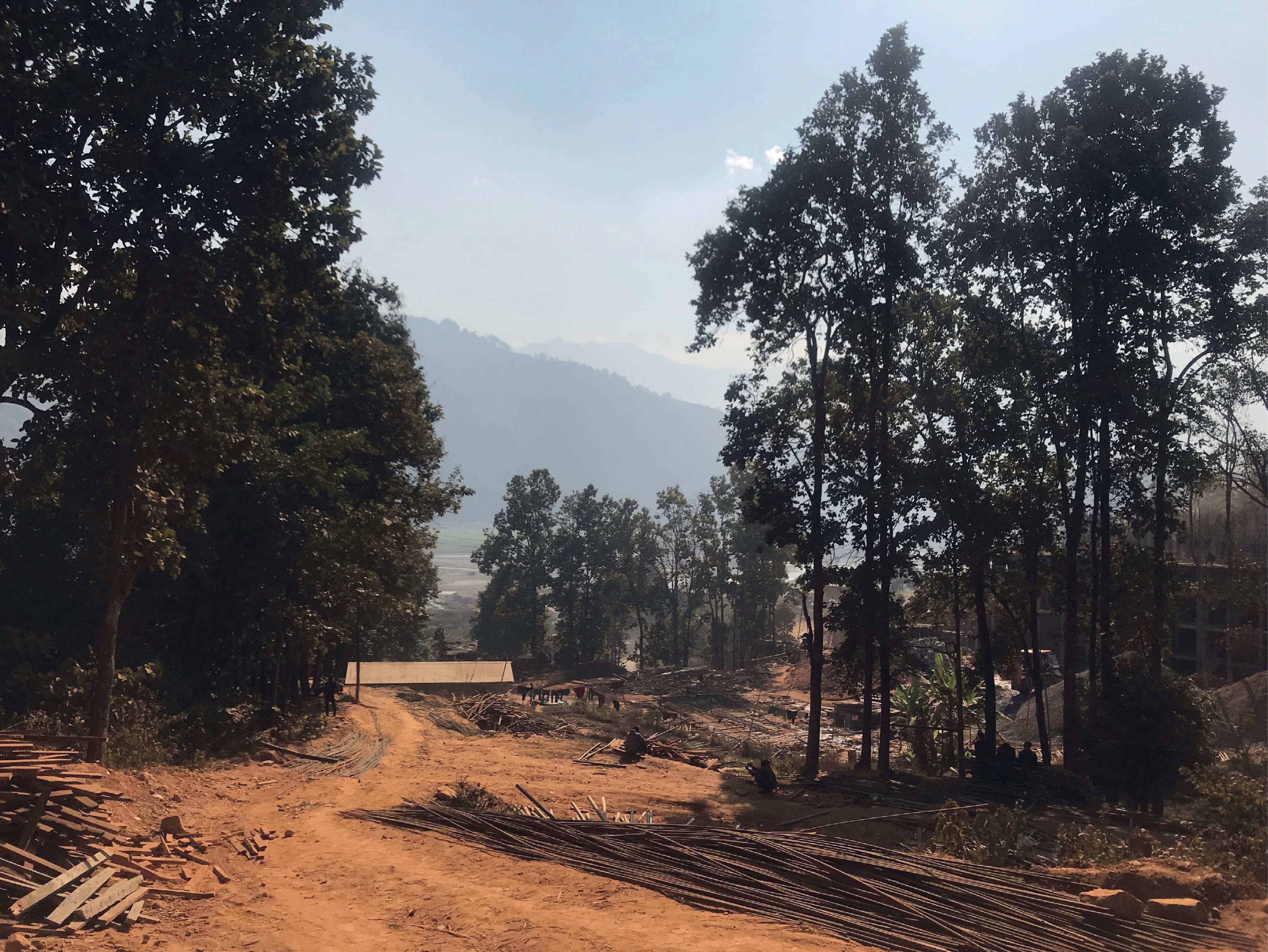Such a vast range inspires extensive cultural and economic trade between South and Central Asia. It is a region of glaciers, a reservoir of freshwater stored as ice for future civilizations, and the source of rivers from the Indus to the Mekong.
In 1951, a revolution pushed the autocratic Rana regime into a democratic system which catalyzed the formation of Nepal’s first popular government.
4
For an excellent summary of geopolitics
and state-formation see Lok Raj Baral,
“Nepal: Nation-State in the Wilderness,”
in Nepal, Nation-State in the Wilderness:
Managing State, Democracy, and
Geopolitics (New Delhi: SAGE Publications
India Pvt, Ltd, 2012), xvii–xvii.
The political change shifted Nepal’s largely internal struggles between several royal and noble families, to a geopolitical negotiation between China, India, and what the US perceived as a threat to communist expansion from Russia and China.
5
Laxmi Prasad Kharel, Socio-Economic
History of Nepal (Kathmandu: Pairavi
Prakashan, 2019).
The confluence of Neoliberal forces, corrupt internal politics, physical remoteness, and poverty created ideal conditions for donor agencies such as the World Bank, USAID, UNICEF, and hundreds of other international organizations to set-up shop for the long haul. The infrastructure of aid is everywhere in Nepal.The Langtang River basin mingles with the inputs from mudslides and rockfalls just as it swells with meltwater and precipitation. In relation to mobility, paths, roads, bridges, and steps are contingent on establishing stable surfaces, and the consequences can be quite dramatic when sur- faces are transformed. Landscape is not a surface, it is sequentially shaped and reshaped over time, through the imprint of change. Walking trailside and crossing the river from side to side within the valley creates the impression of being deeply nestled on the planet because of the towering peaks. We live in the world, not on it.

According to George Varughese, the Senior Strategic Advisor at Niti Foundation in Nepal, “In addition to population growth, government policies of nationalisation in the 1950s and 1960s have been identified by most researchers as one of the main causes of deforestation. Placing the ownership of forests with the national government disrupted preexisting and traditional practices of communal resource management. What is officially government land is actually communal by use.”
6
George Varughese, Senior Strategic
Advisor at Niti Foundation, Nepal, from G.
Varughese et al., “Coping with Changes
in Population and Forest Resources:
Institutional Mediation in the Middle Hills of
Nepal,” in Forest Resources and Institutions
(Rome: Food and Agricultural Organization
of the United Nations, 1998), 196–99; fao
.org/3/ac694e/AC694E00.htm.
The importance of local forms for the co-management of land and resources cannot be overstressed; especially in a country that has been intermittently saturated with aid money (and the attendant ideologies of donors), Nepalese approaches to community-led resource management demonstrate that other relations are not only possible, but can thrive when policy doesn't over right wisdom and care.Aid agencies shape everyday lives. According to Nepali news sources, scholarly analyzes, and vari- ous personal communications, the Post-Disaster Recovery Framework overemphasized the need for technical solutions. Assigning weight and capital to physical re-building shifts construction to donor associations that provide aid through packaged commodities and imported materials. Techniques shift along with a growing dependence on concrete aggregate, and lengths of reinforcing steel (rebar), as reconstruction ensures that recovery moves away from using locally sourced stone, traditional timber frames, split bamboo, twine from bark, and thatched roofs.